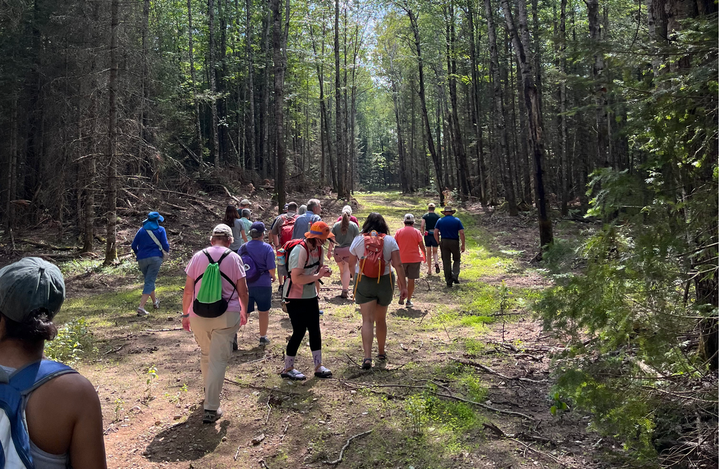Endangered Species Act Under Attack: Public Comments Open Til May 19

Public comments are open until May 19 on a rule proposed by the Trump Administration that takes aim at the Endangered Species Act (ESA).
This move would "profoundly" weaken the ESA, as well as be "catastrophic" for endangered whooping cranes, as well as countless other species and their habitats, according to Dr. Rich Beilfuss, president and CEO of the International Crane Foundation.
Signed into law in 1973 — the same year as the International Crane Foundation was established — the ESA is a keystone of conservation success. It is credited with saving 99% of the species it protects, like the endangered whooping crane, which was part of the first cohort of species protected by the law.
"Despite its overwhelming success and public support, the ESA has been sharply criticized by those who want to increase mining, drilling, and other land and water resources development that could negatively impact the habitat requirements for endangered species," Beilfuss said. "In a rule proposed by the U.S. Departments of the Interior and Commerce, the administration seeks to redefine a single word in the ESA — 'harm' — to mean direct mortality only and not include loss of habitat. This would rescind the regulatory definition of harm and completely alter what it means to harm imperiled plants and animals."
The proposed new definition of “harm” states that species are protected only from intentional killing or injury, such as through hunting or trapping, and not from the degradation or loss of habitat that plants and animals need to survive, Beilfuss noted.
"By emphasizing that harm must be intentional, the change also allows for killing or injury to endangered plants and animals by those who did not purposely seek to cause harm. Further, this change could result in the loss of our ability to effectively site energy resources, such as large transmission lines, to accommodate endangered species' migratory pathways."
The International Crane Foundation has been working for decades to revive numbers of the attractive bird. According to foundation data, only 21 whooping cranes remained in the wild in the 1940s due to unregulated hunting and massive habitat loss. Today, that number has grown to more than 690 wild whooping cranes, largely due to these vital legal protections and reintroduction efforts, such as those we lead today. However, the species remains endangered and still requires help and legal protections.
"With this proposed order, freshwater diversions, wetland drainage, land development, powerline collisions, and other disturbances at key nesting, feeding, and roosting sites are expected to increase with this proposed order. Additionally, we are concerned about proposals that may create infinite loopholes and legal escapes for anyone who shoots a crane, by allowing them to claim they didn’t mean to do it and requiring proof beyond a reasonable doubt that the shooting was intentional, which can be challenging to establish," Beilfuss added.
He encourages the public to oppose this proposed rule on the Federal Register by submitting digital comments here. You can also contact Tom Tiffany, who represents the 7th Congressional District covering the northern portion of the state, by clicking here.
"Tell them you oppose this executive order and any legislation that threatens the survival of whooping cranes and the coastal and inland wetlands they depend on," Beilfuss added.


